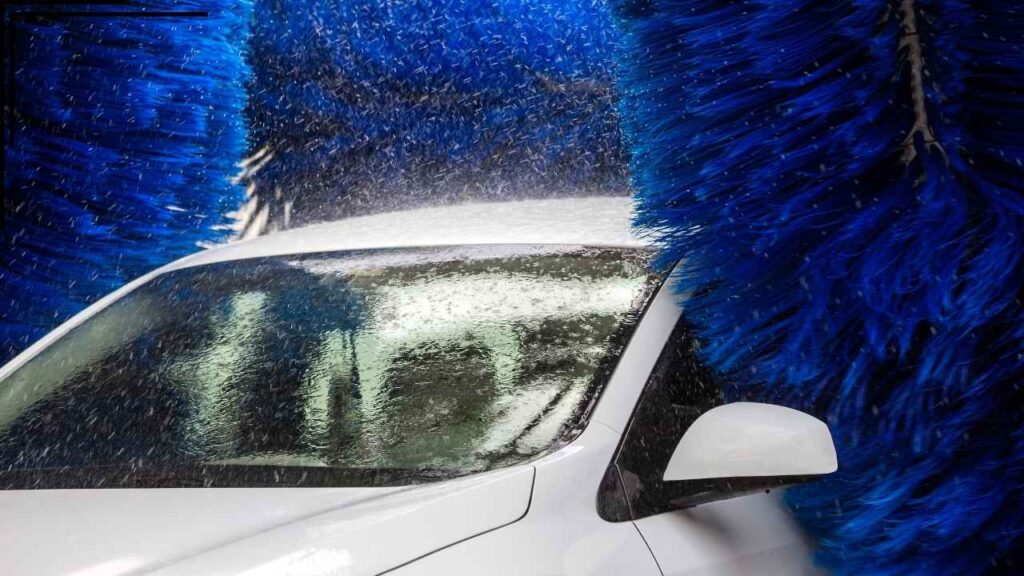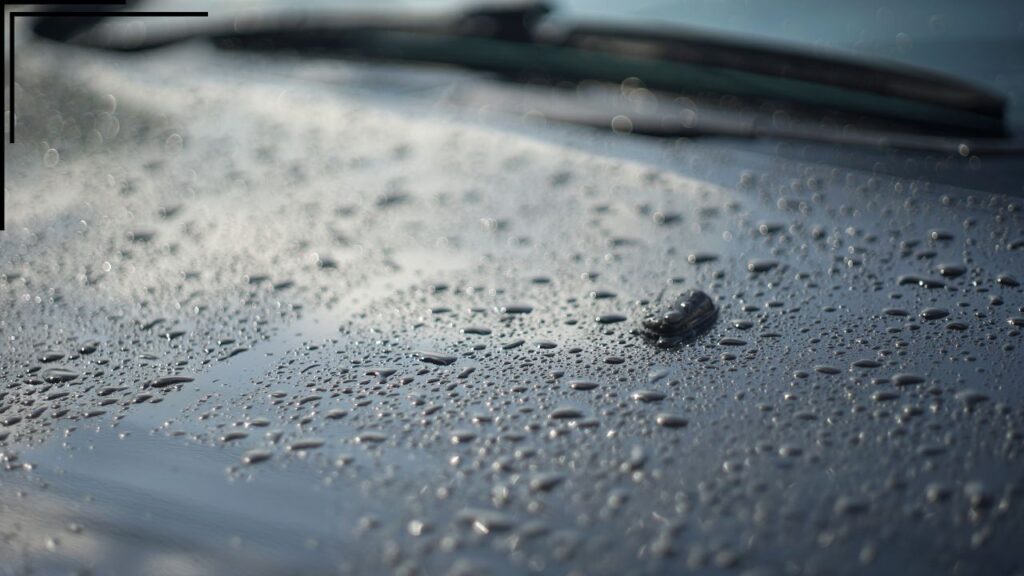Owning a car is a significant investment, and maintaining its appearance is essential for keeping that investment in good condition. One of the most common issues car owners face is dealing with water spots. These annoying blemishes, caused by minerals left behind after water evaporates, can mar the paint job and windows, making your car look less than pristine.
Fortunately, there are several methods to get rid of water spots effectively and prevent them from returning. In this article, we will explore how to get rid of water spots on a car, the types of water spots, and how you can maintain your vehicle’s paint and glass.
Water Spots
Before diving into the solutions, it’s important to understand what water spots are and how they form. Water spots occur when water—whether from rain, sprinklers, or washing—evaporates on the car’s surface and leaves behind minerals.
These minerals, typically calcium and magnesium, adhere to the paint or windows, resulting in a whitish residue. Over time, these spots can become harder to remove, especially if they are “etched” into the surface due to prolonged exposure.
There are two main types of water spots:
- Mineral deposits: Caused by hard water, which contains a high amount of dissolved minerals.
- Etching: When water evaporates and the sun bakes the minerals into the car’s clear coat, causing permanent damage to the paint surface.
Knowing what kind of water spots you’re dealing with can help you choose the right method for removal.

How to Get Rid of Water Spots on Car Paint
When it comes to how to get rid of water spots on car paint, the approach you take depends on the severity of the spots. Below are some tried and tested methods:
1. Vinegar and Water Solution
A simple vinegar and water solution is often the most effective and inexpensive way to remove light to moderate water spots from car paint. The acidity in vinegar helps break down the mineral deposits, making them easier to remove.
How to use:
- Mix equal parts of white vinegar and distilled water in a spray bottle.
- Spray the solution directly onto the affected areas.
- Let it sit for a minute or two to dissolve the minerals.
- Wipe the area with a clean, soft microfiber cloth.
Repeat as necessary until the spots are gone. Make sure to wash the car afterward to remove any remaining vinegar residue.
2. Clay Bar Treatment
A clay bar is a great tool for removing stubborn water spots that have bonded to the paint surface. It works by gently pulling the contaminants off the surface without causing damage.
How to use:
- Purchase a clay bar kit, which typically includes the clay bar and a lubricant.
- Spray the lubricant on the affected area and gently rub the clay bar in a back-and-forth motion.
- Continue until the surface feels smooth, indicating that the spots have been removed.
- Wash and dry the area afterward.
3. Polishing Compound
For more severe water spots, especially those that have etched into the paint, you may need to use a polishing compound. Polishing removes a thin layer of the clear coat, which helps to smooth out the etched areas and restore shine.
How to use:
- Apply a small amount of polishing compound to a foam applicator pad or microfiber cloth.
- Rub the compound into the affected area in small, circular motions.
- Buff the area with a clean microfiber cloth to reveal a smooth, water spot-free finish.
How to Get Rid of Water Spots on Car Windows
Water spots on car windows can be just as unsightly as those on the paint. Fortunately, they are often easier to remove.
1. Glass Cleaner and Vinegar Solution
For light water spots on windows, a simple glass cleaner or a vinegar solution can work wonders. Spray the glass with the solution and wipe it down with a clean microfiber cloth.
2. Baking Soda Paste
For tougher water spots on windows, baking soda can be a gentle yet effective abrasive.
How to use:
- Mix a small amount of baking soda with water to form a paste.
- Apply the paste to the affected areas of the window.
- Scrub gently with a soft cloth.
- Rinse the area with water and dry it with a clean microfiber towel.
3. Glass Polishing Compound
If you still have stubborn water spots, a glass polishing compound may be necessary. These products are designed to polish out more serious mineral deposits and restore clarity to the glass.
Preventing Future Water Spots
After you’ve gone through the trouble of removing water spots, you’ll want to prevent them from forming again. Here are some tips to help keep your car free of water spots:
- Use a Water Softener: When washing your car at home, use softened water to avoid mineral buildup.
- Dry Your Car Thoroughly: Always dry your car after washing it to prevent water from evaporating and leaving behind mineral residue.
- Apply a Wax or Paint Sealant: Waxing your car creates a protective barrier on the paint, making it harder for water spots to form.
- Use a Car Cover: If possible, park your car in a garage or use a car cover to protect it from rain and sprinklers.
While learning how to get rid of water spots on your car is essential, you might also want to consider other aspects of car care. For example, if you’re thinking about making your car more comfortable and protecting the interior from UV damage, you might be interested in the cost for tinting a car. Tinting not only keeps the car cooler but also enhances the vehicle’s appearance.
Additionally, taking care of your car’s paint goes beyond just removing water spots. You should also watch out for issues like fixing paint blisters, which can occur when moisture gets trapped under the paint, leading to bubbles and other damage.
Water spots are a common issue that can detract from the appearance of your vehicle. However, with the right tools and techniques, you can easily learn how to get rid of water spots on a car and keep it looking its best.
Whether you choose a vinegar solution, clay bar, or polishing compound, the key is addressing the spots before they become etched into the paint or windows. Regular maintenance, such as waxing your car and using softened water, can also prevent future water spots from forming, helping you maintain that showroom shine.
By following these steps, you’ll not only restore the appearance of your car but also protect it from long-term damage caused by water spots and other environmental factors.



